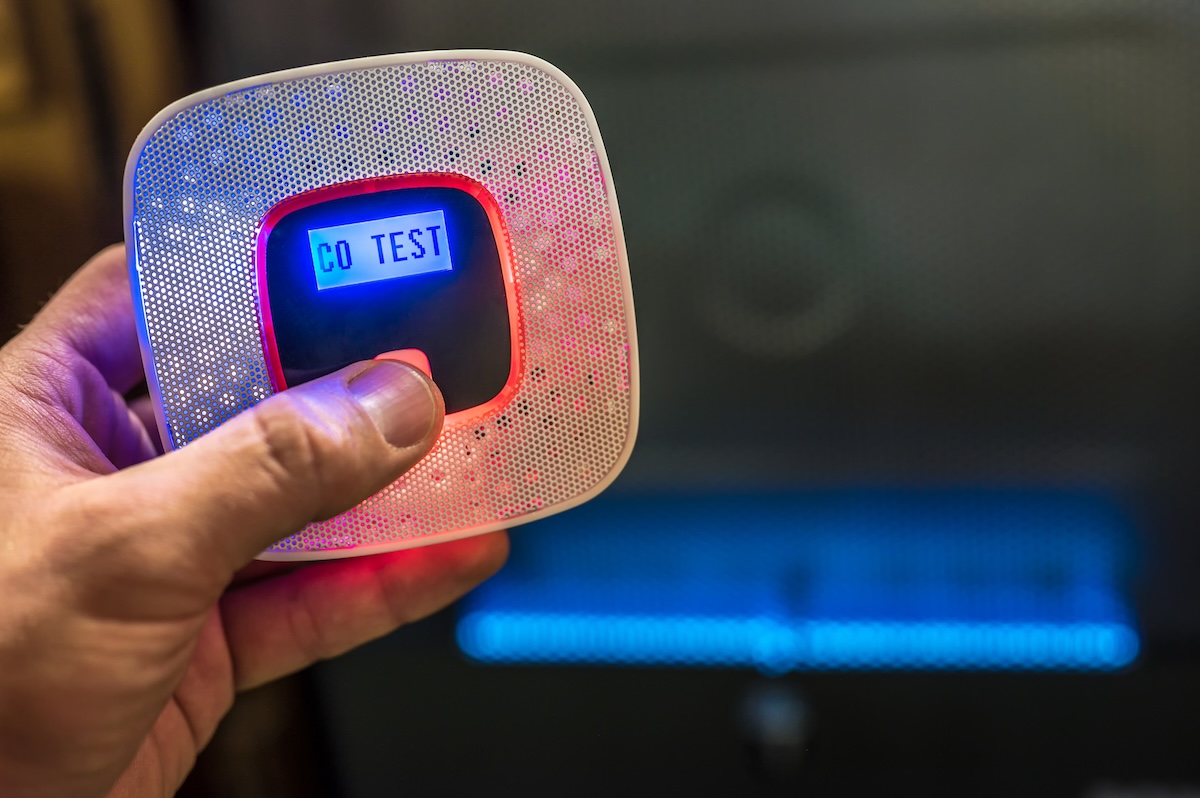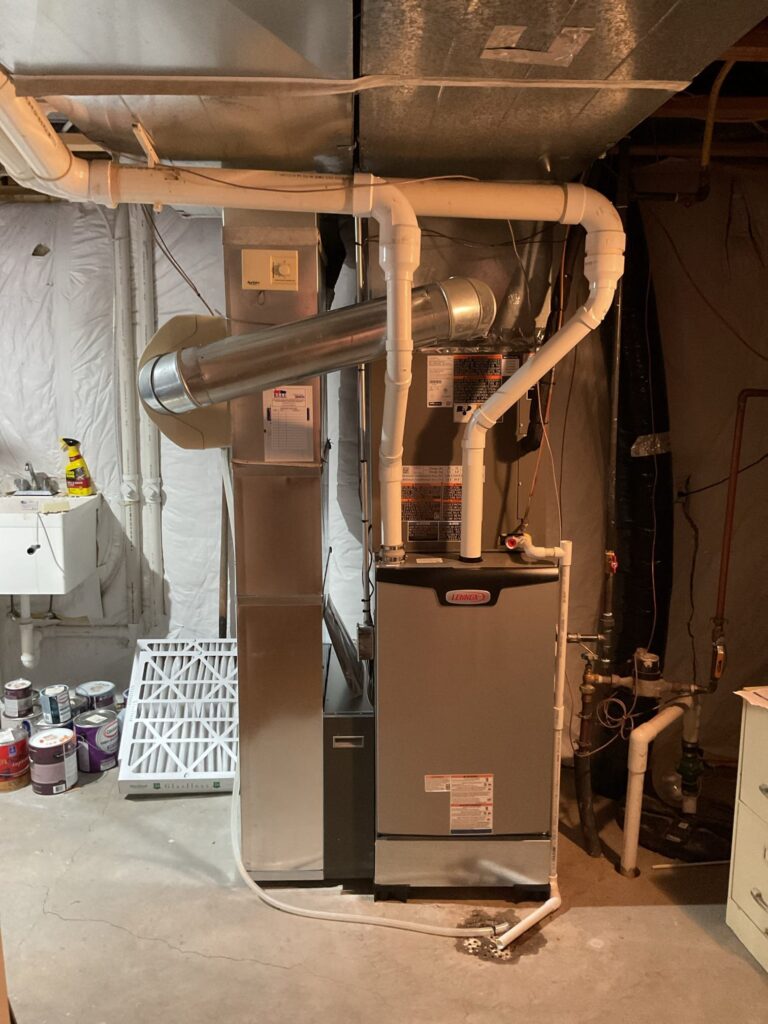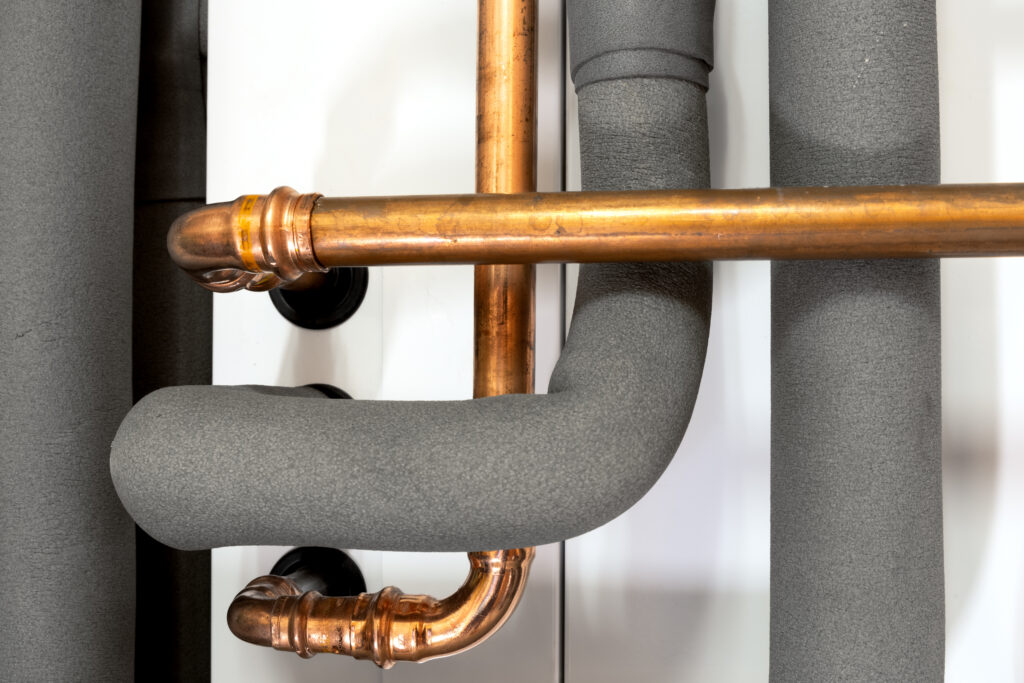

Blog
Causes of a Carbon Monoxide Leak in Your Home

We hear the term carbon monoxide talked about a lot when it comes to home safety. Carbon monoxide is a toxic gas that is colorless, odorless and tasteless and is a by-product of the combustion that occurs with your water heater, your furnace or any gas-burning appliance.
Whenever there’s combustion, there’s also the risk of carbon monoxide poisoning. There are many precautions you can take in order to protect your family and your home from a carbon monoxide leak.
Here are three common causes of a potential carbon monoxide leak in your home:
Cause #1: A Malfunction in a Gas-Burning Appliance
It’s crucial to maintain gas-burning appliances because if there’s a problem that causes incomplete combustion, carbon monoxide can be created.
Cause #2: Cracked Heat Exchanger
Your furnace’s heat exchanger is where the process of combustion occurs. The air from the furnace circulates around the outside of the heat exchanger. If there’s a crack in the exchanger, the air runs across the burner and causes incomplete combustion and, in turn, creates a carbon monoxide buildup.
Cause #3: Improper Ventilation for a Gas-Burning Appliance
Older appliances typically have poorer ventilation than newer units. Newer furnaces also have an auto-off switch that will shut the furnace off if it’s not venting properly. However, water heaters don’t have this feature and can be more likely to leak carbon monoxide.
Protect Your Home From a Carbon Monoxide Leak
As we all know, carbon monoxide is extremely dangerous. Keeping household appliances, like your furnace and water heater, well-serviced and well-maintained will help keep carbon monoxide levels in your home low. It’s also important to make sure you have proper ventilation for your gas appliances and a good carbon monoxide detector in your home.
The Centers for Disease Control (CDC) advises that every household install a carbon monoxide detector. Like with most commercial products, there are a lot of options to choose from. Detectors that plug into a wall outlet are a common option, but these detectors are often operating at only about 12 inches off the ground. Ideally, the detector would be at a person’s breathing level or around 5 feet high.
How to Test for Carbon Monoxide
The easiest way to see if there is carbon monoxide inside your home is with a carbon monoxide detector. Most detectors will start detecting carbon monoxide levels at 70 parts per million. Ninety parts per million is where you’re in the danger zone, leaving a small window for error.
We recommend purchasing a carbon monoxide detector that starts detecting and giving alerts of carbon monoxide at 5 parts per million. The detectors should be placed in key areas of a house such as the living room, hallways and bedrooms.
You can also have a private company come to your home and perform indoor air quality tests that include carbon monoxide testing. These types of tests go beyond a household CO detector and are conducted using an electronic portable toxic multi-gas monitor, which can be calibrated to detect trace amounts of carbon monoxide. For more information on the carbon monoxide detectors sold by Bell Brothers, visit our website or give us a call at 515-337-2456.








